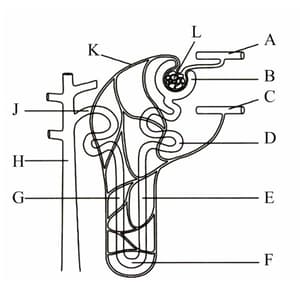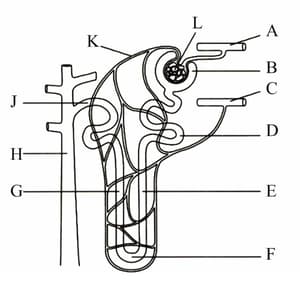Mary Jones, Richard Fosbery, Dennis Taylor and, Jennifer Gregory Solutions for Chapter: Homeostasis, Exercise 8: Questions
Mary Jones Biology Solutions for Exercise - Mary Jones, Richard Fosbery, Dennis Taylor and, Jennifer Gregory Solutions for Chapter: Homeostasis, Exercise 8: Questions
Attempt the practice questions on Chapter 14: Homeostasis, Exercise 8: Questions with hints and solutions to strengthen your understanding. Biology for Cambridge International AS & A Level coursebook 2nd Edition Digital Access solutions are prepared by Experienced Embibe Experts.
Questions from Mary Jones, Richard Fosbery, Dennis Taylor and, Jennifer Gregory Solutions for Chapter: Homeostasis, Exercise 8: Questions with Hints & Solutions
Aquaporins are found in the cell surface membranes of many plant and animal cells. Explain.
Use the example of water content of the blood, explain the terms set point and homeostasis.
Construct a diagram to show how the water potential of the blood is controlled. In your diagram, identify the following: receptors, input, effector and output. Indicate clearly how different parts of the body are coordinated and show how negative feedback is involved.
Describe the problems that would occur if the water potential of blood plasma was not controlled and not kept within narrow limits.
Explain the functional advantage of the parallel arrangement of structures E, G and H in the medulla of the kidney.

Describe and explain the concentrations of fluid in the proximal convoluted tubule and in the collecting duct.

Describe how ADH acts as a cell-signalling compound.
Explain the effect of ADH on its target organ.
